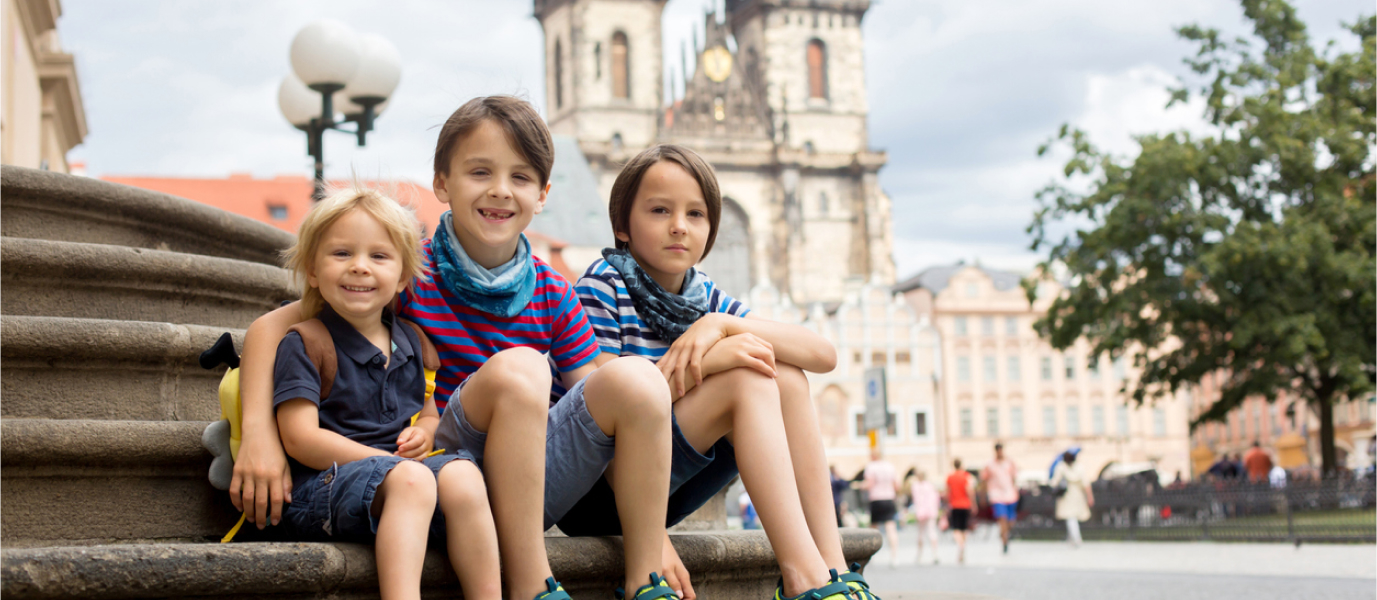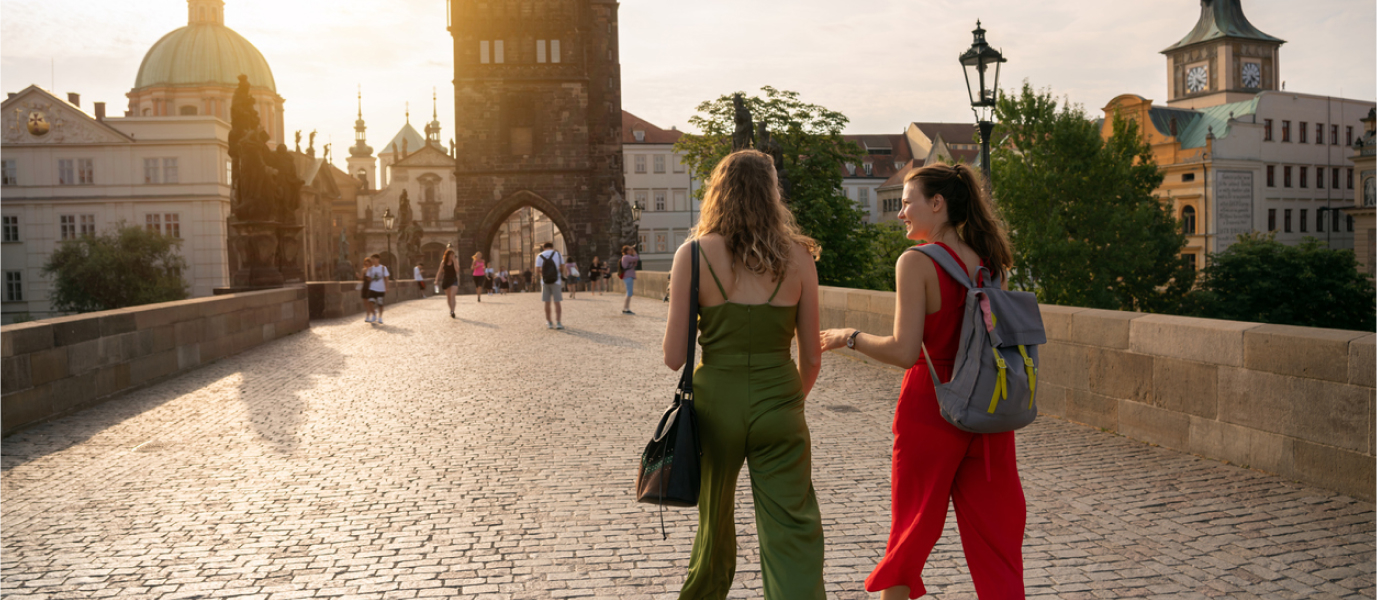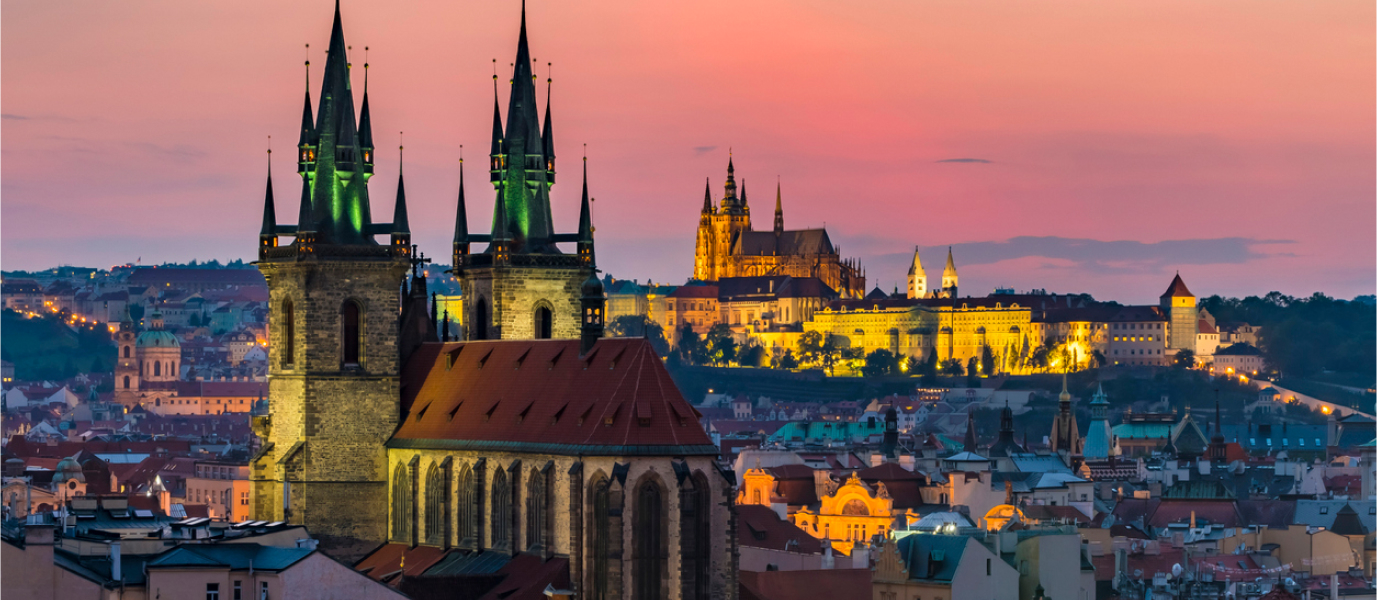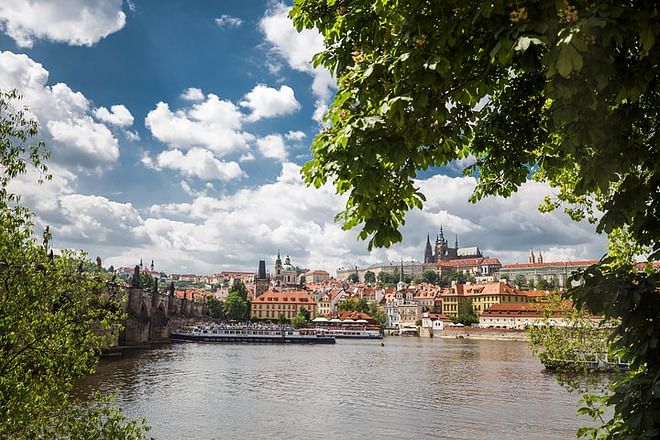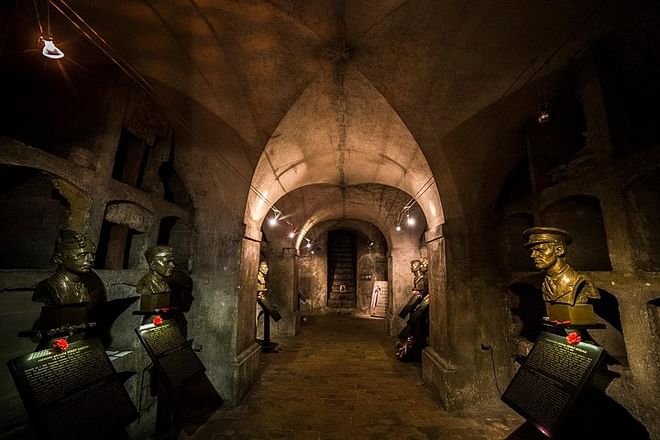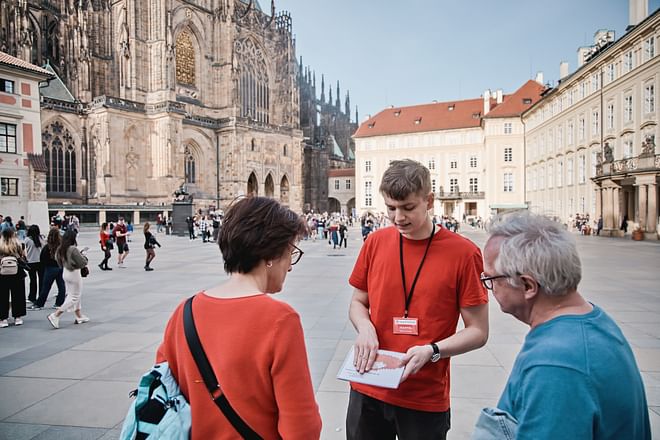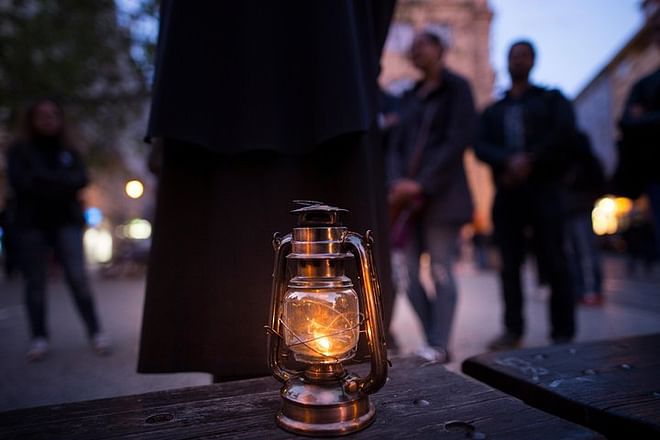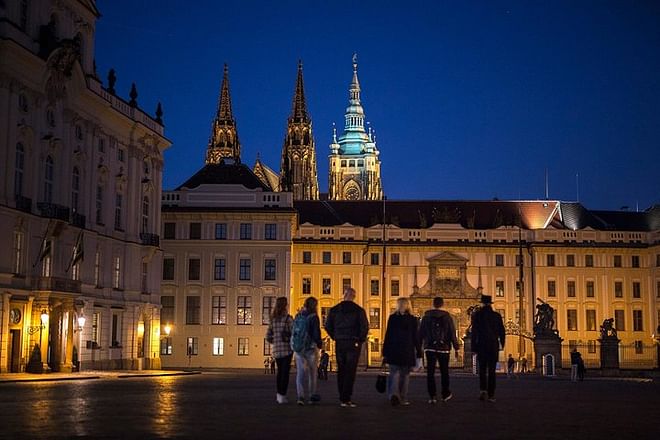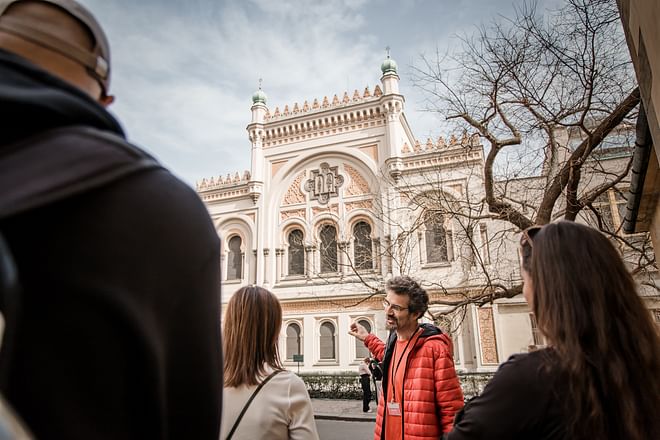At the risk of sounding biblical, one could say that the reasons why a person decides to visit a specific country are inscrutable. In the case of the Czech Republic, there are many different reasons for which people choose to come and explore the country. Some people love the fact that Czech beer—highly traditional and of an exceptional quality—is cheaper than water. Others are simply attracted by the opportunity to explore the huge range of wonderful destinations that are found outside the capital city of Prague. The Czech Republic’s endless collection of medieval castles and dreamlike palaces also have their fair share of fans. Others, meanwhile, want to discover the curative properties of the water in the country’s various spa towns.
The seasons also play an important role when it comes to visiting a country. The Czech Republic is rejuvenated during the warmer months, with its forests coming into their own during the typical Indian Summer. In the winter, meanwhile, town squares up and down the country are invaded by traditional Christmas markets. If you’re still not sure about which cities to visit in the Czech Republic, we have proposed some suggestions below.
Places to visit in the Czech Republic
Karlovy Vary: the favoured spa town of 19th-century celebrities
Located in western Bohemia, very close to the border with Germany, the spa town of Karlovy Vary is one of the most visited destinations in the Czech Republic. Such is the case, many tourists staying in Prague opt to take a day trip to Karlovy Vary, which lies just 120 kilometres—or a 2-hour car journey—outside of the capital city.
The subsoil of this famous spa town is home to 80 springs, which have been continuously producing mineral water since long before the city’s foundation in the mid-fourteenth century. An interesting fact about this destination is that various famous figures from modern history—including Beethoven, Freud and Karl Marx, amongst others—paid occasional visits to this part of the world, seeking to ease rheumatic pains with different mineral and medicinal treatments.
Nowadays, the town centre holds a gorgeous collection of Rococo buildings of various pastel colours. It is also home to several other places of cultural interest, such as the Market Colonnade, the Vrídlo Geyser, the municipal theatre, the Diana observation tower and the Church of St Mary Magdalene. Karlovy Vary forms part of the so-called ‘West Bohemia Spa Triangle’, along with Mariánské Lázně and Františkovy Lázně. If you’ve got enough time on your hands during your visit, why not visit all of them?
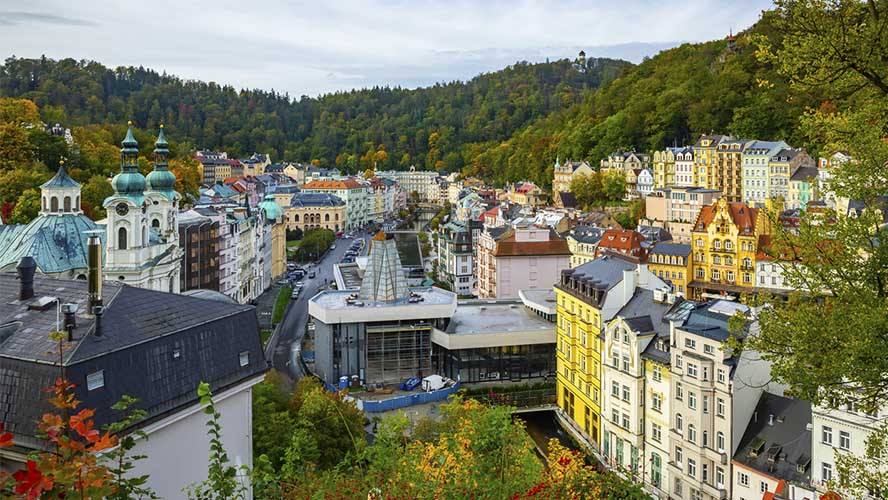
Brno: the unexpected cosmopolitan city
Another city that remains somewhat overshadowed by Prague is Brno, the Czech Republic’s second largest city in terms of population and size. Located in southern Moravia, this monumental city of 385,000 inhabitants gives us a fascinating insight into famous events in the country’s history, such as the Swedish siege of Brno of 1645 (from which the city emerged victorious). The best thing about Brno is that it gives visitors the opportunity to learn about the city’s history through its various monuments and places of interest: historic monuments such as the Cathedral of St Peter and St Paul, Špilberk Castle and St Thomas’s Abbey contrast beautifully with modern buildings such as Villa Tugendhat—an excellent example of the early twentieth-century Functionalist architectural style—and contemporary constructions such as the Brno Circuit, which regularly hosts the Motorcycle Grand Prix of the Czech Republic—part of the World Grand Prix. It’s also worth taking into account that Brno is a university city, with 33 faculties attended by 89,000 students every year.
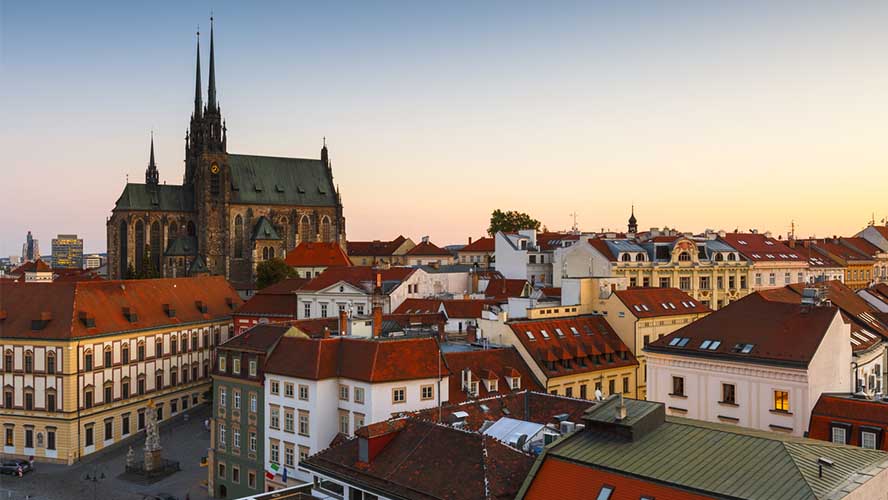
Český Krumlov: the world’s best preserved medieval city
If you follow the Vltava river southwards out of Prague, you will end up in the small city of Český Krumlov in southern Bohemia, located 170 kilometres outside the Czech capital. Declared a UNESCO World Heritage Site in 1992, this city is also home to one of the best preserved medieval centres found anywhere on the planet. Between 1302 and 1602, this beautiful and elegant city was the home of the Rosenberg family: one of the richest and most powerful noble dynasties of Czech medieval history.
Once you’ve arrived, you could spend the day getting lost in the weave of streets and colourful bourgeois houses, being sure to find the time to visit key landmarks such as the Egon Schiele Art Centrum (a renowned centre of Expressionist art) and Český Krumlov castle. The latter, which dates back to 1240, comprises a church, a museum, a Baroque theatre, a ballroom, an 11-acre garden and a lookout tower offering magnificent views over the region of Bohemia. This fantastic day trip destination is just a two-hour car journey from Prague.
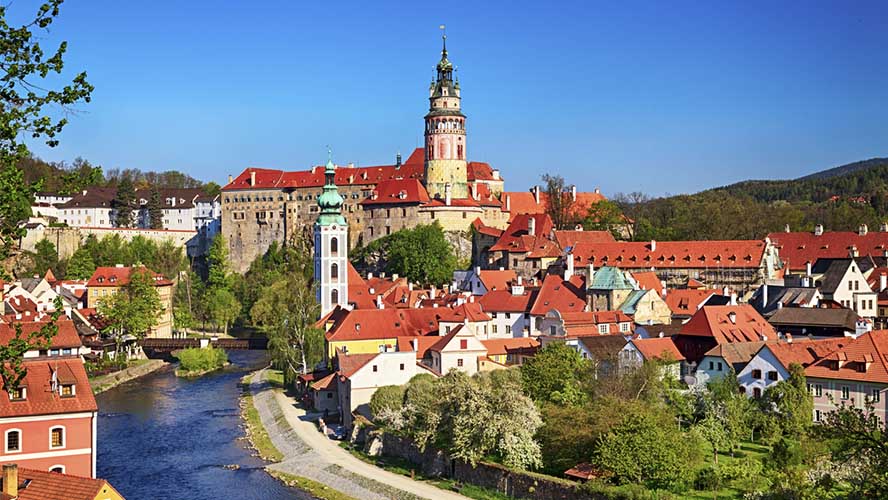
Kutná Hora: home to silver mines and an ossuary
Much closer to Prague, located just 70 kilometres outside the Czech capital, is the small mining town of Kutná Hora, whose historic centre was declared a UNESCO World Heritage Site in 1995. With barely 20,000 inhabitants, Kutná Hora houses a surprising number of historic monuments in its town centre. During the Middle Ages, Kutná Hora became the country’s second most powerful city thanks to its silver mines, which no longer exist.
Various landmarks pay homage to the town’s former glory. These include the Gothic Cathedral of St Barbara, which is highly similar to its Prague counterpart; the Sedlec Ossuary, whose interior is decorated with 40,000 human bones; and the Little Castle of Silver, a museum dedicated to studying and raising awareness of the region’s mining history. This is another good day trip destination if you’re staying in Prague.
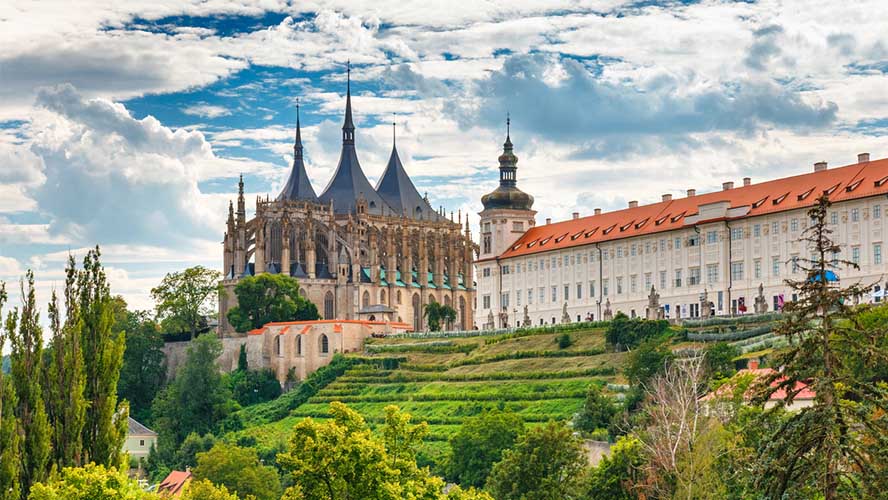
Olomouc: the city of fountains
Out of all the cities mentioned so far, Olomouc is perhaps the furthest from Prague, lying 284 kilometres eastwards of the capital. The former administrative centre of Moravia, this monumental city is renowned for its great number of squares, which are particularly intriguing for the abundance of historic monuments and fountains found within them. Its Upper Square (Horní náměstí, in Czech) hosts the old Town Hall, its traditional astronomical clock and the superb Holy Trinity Column, which was declared a UNESCO World Heritage Site in 2000. Its Lower Square (Dolní náměstí), meanwhile, is home to another fountain, dedicated to Neptune and Jupiter.
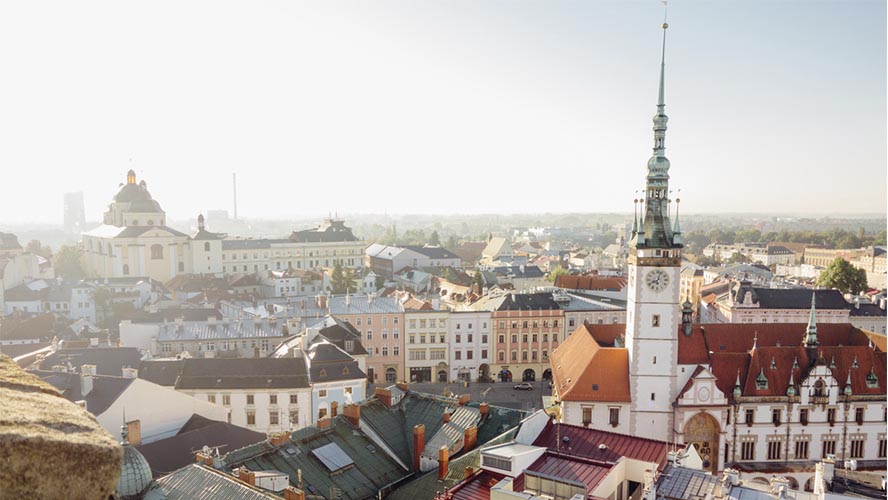
Olomouc boasts other sites of historic interest too, such as the Palacký University (first opened in 1573) and the Romanesque Saint Wenceslaus Cathedral, which dates back to 1107. Olomouc also stands out for a vast number of churches. Previously considered—unofficially—the ‘religious capital of Moravia’, Olomouc boasts 28 different churches. It’s not hard to work out why it gained this reputation!
But don’t worry! As with all university cities, Olomouc is also home to a wide number of vibrant bars with buzzing terraces.





































































